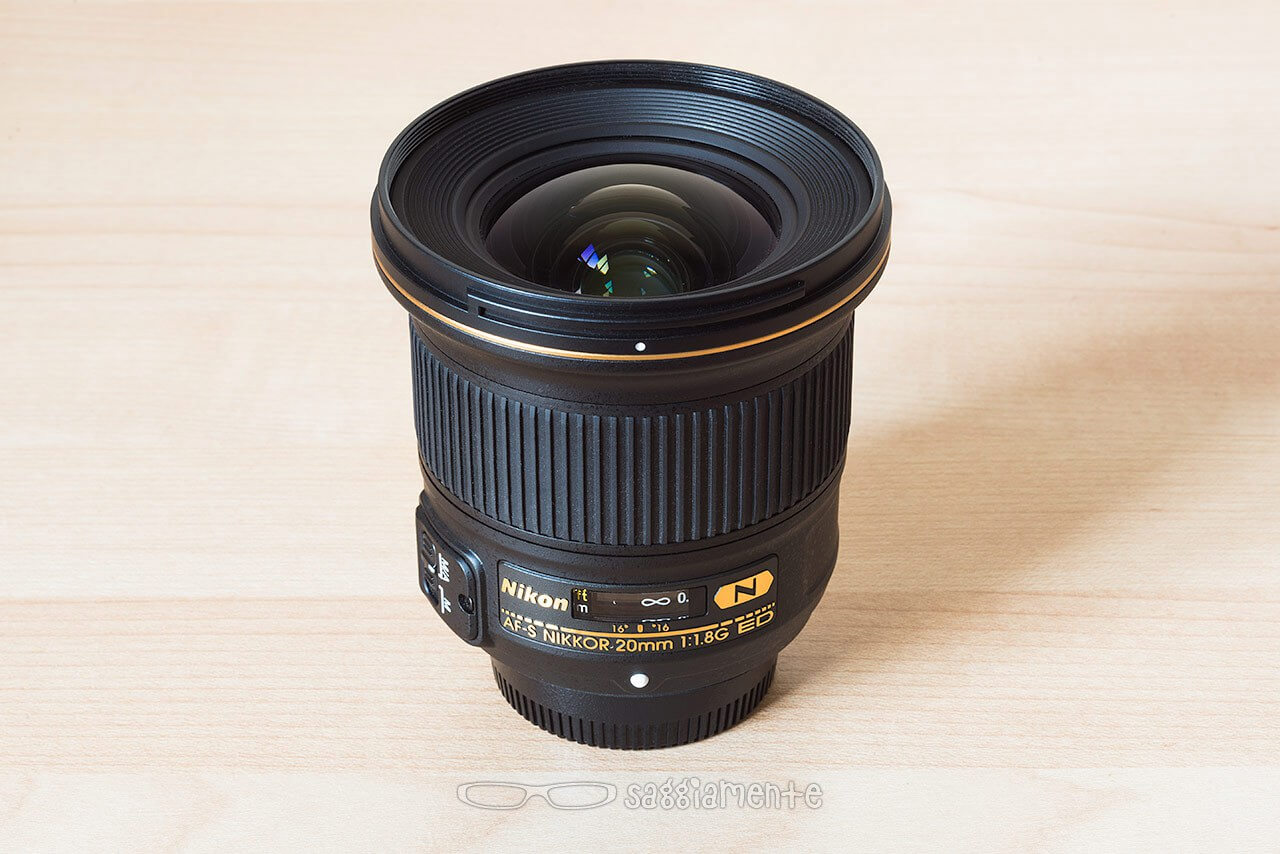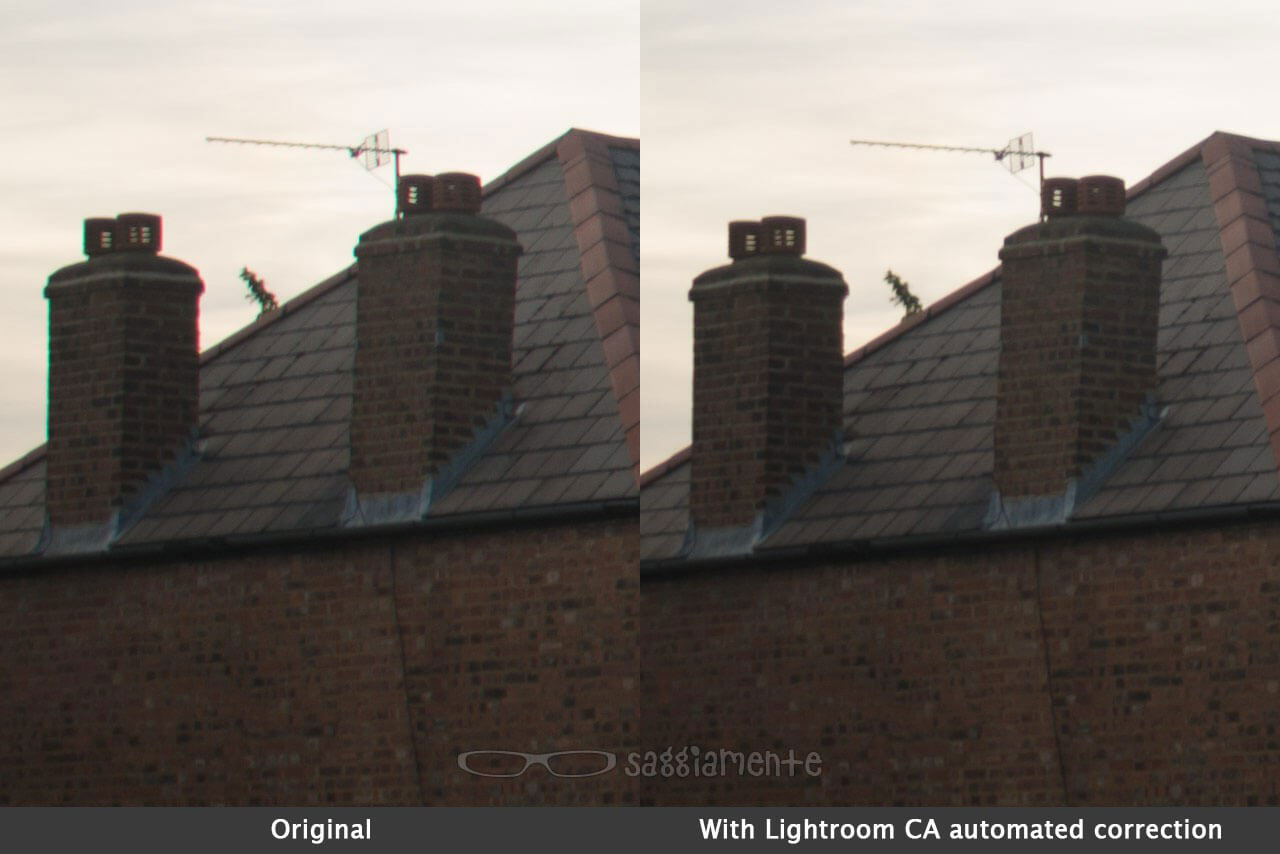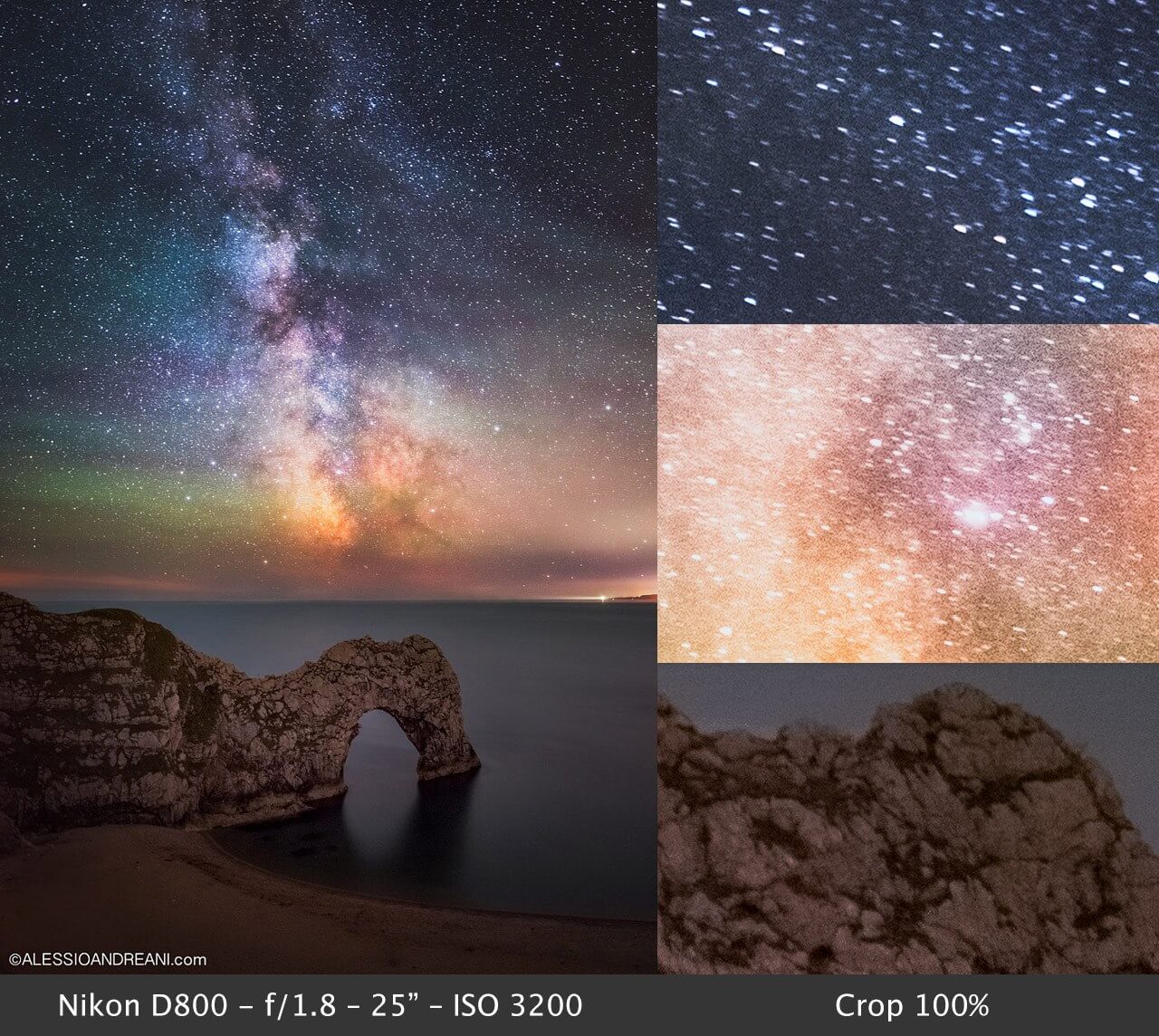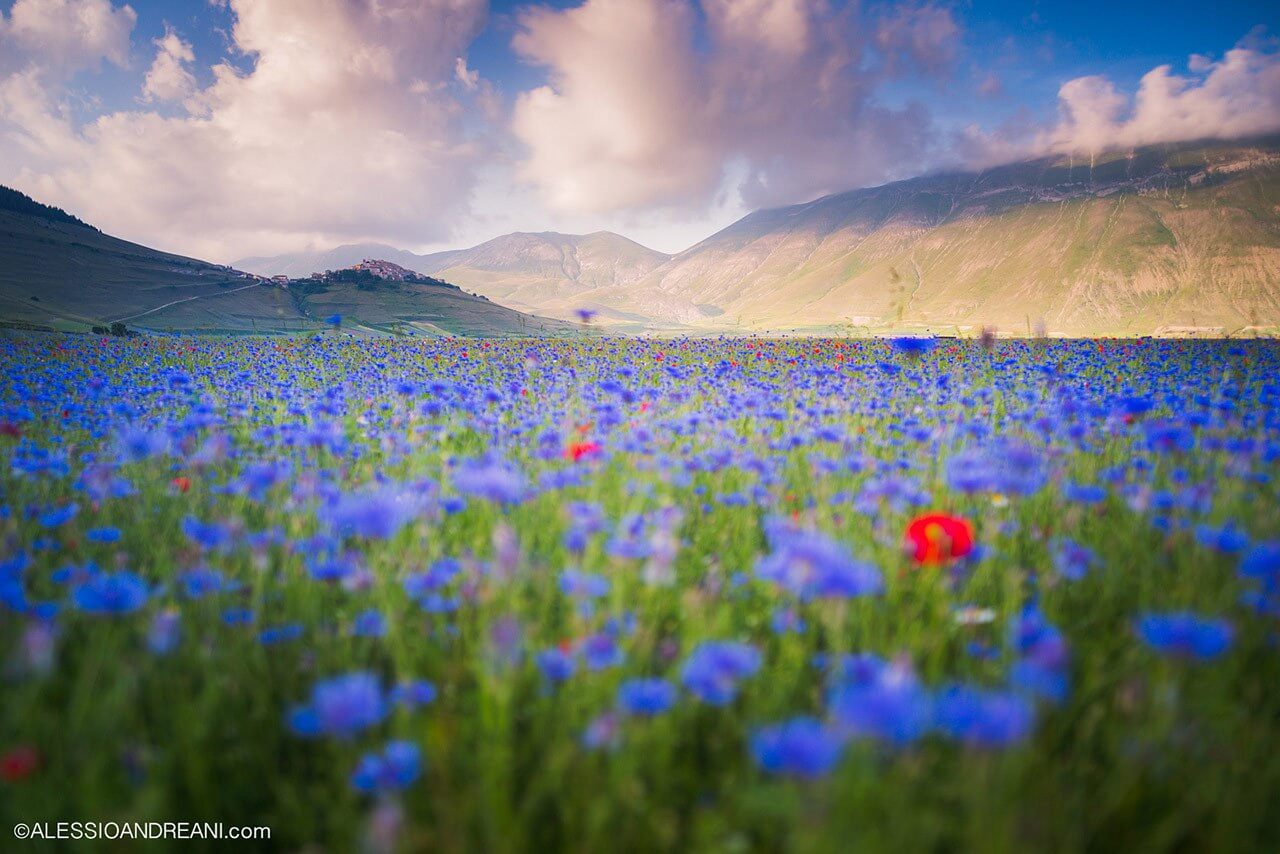Review: Nikon 20mm AF-S f/1.8G ED
This review has been translated from my original article on saggiamente.com (in Italian)
After more than 6 months with the Nikon AF-S Nikkor 20mm f/1.8G ED I’ve decided this is time for a review. So, why did I buy it? I also have a Nikkor 16-35mm f/4 covering this focal length; two reasons are: sharpness and aperture. There are many other personal motivations, in fact I love the focal lenght around 20mm for landscape photography and I also shot the Milky Way, with this aperture and this focal length it was a must-have for me.

Construction and optical scheme
This lens is not expensive, and it feels like the money it costs. It doesn’t feel really cheap, but it’s plastic and the mount is the only metal part. It feels ok, sturdy enough, and assembled fine. It weighs about 355 gr, similar to the 28mm f/1.8, it’s really compact and lightweight, but this is not a low performance lens. Think about the weight and space saved in the bag, but at first sight it can surprise you. The only downside is the missing weather sealing, except for a small rubber gasket near the mounting.

| 50mm f/1.8 | 20mm f/1.8 | 16-35mm f/4 | |
|---|---|---|---|
| Weight | 185gr | 335gr | 680gr |
| Length | 52.5mm | 80.5mm | 125mm |
| Diameter | 72mm | 82.5mm | 82.5mm |
Looking at the optical scheme you can find excellent elements: two aspherical, two ED low dispersion and the nano coating to reduce flare. Even wide open the MTF curve is quite good. The 7 blades aperture can reach f/16 and it mounts 77mm filters.

Sharpness and chromatic aberration – Nikon 20mm f/1.8
We have good results in real word situations too, it will be difficult to desire more sharpness with this lens. Even with the really high resolution sensor of D800 the Nikon 20mm has a lot of details to offer. I think chromatic aberrations are obsolete flaws today, they can be easily fixed with one click, and Lightroom works great with this lens.

This is a 100% crop of a 36 MP file in the upper left corner and wide open (f/1.8). As you can see the CA is not too strong, and easy to fix, also the sharpness is incredible with that crop, resolution, position and aperture.
Coma and night photography
Coma is the name of a flaw occuring when the dot lights appears oval in a photo. I decided to create a section about this because, thanks to its aperture and focal length, the Nikon 20mm f/1.8 can be an amazing lens for night photography. When shooting stars coma can be a big problem, some lenses show a really funny shape of light dots when wide open, even far from the corners.

This is a 100% crop in a corner, 30″ exposure at f/1.8. In this occasion I should have chosen 25″, as you can see the stars are leaving a few pixels trail, but this is a 100% crop and I preferred to let a bit more light in. The coma is visible in the three stars group in the center (slightly to the left) of the image. As you can see is quite subtle and not a real problem even when printing big. With the Nikon 20mm f/1.8 you can shot the night sky at f/1.8 without any problems, in case you need more deep of field you can consider shooting the foreground separately, maybe with longer exposure time, closed aperture and lower ISO.

As you can see from this shot the sharpness is good and the coma well contained across the frame.
Conclusion
The Nikon 20mm f/1.8G is an amazing lens, I can only give 4.5 stars out of 5. It doesn’t reach the perfection because of the missing weather sealing, but with this price and optical performances it only reduce the total evaluation of mere 0.5 star. The most intereasting feature of the Nikon 20mm f/1.8 is the ‘different point of view’. Thanks to its wide aperture and focal length it really gives a new persperctive to your photography; of course is due to the photographer to use the lens, but this can be a great tool for stimulate your creativity.

The photo above couldn’t have be done with my 16-35 f/4, or the 14-24 f/2.8. The prospective is really low, I wanted to keep 2/3 of foregroud and still catch a wide background. Also, thanks to the wide aperture, I focused to infinity, giving importance to the background and keeping the flowers as part of the image but not main focus. Below a small gallery with some images I took with this lens.
Pros
+ Stunning optical performances
+ Really wide aperture at a wide focal length
+ Really good value for the money
To be considered
! Not weather sealed
! Fixed lens, not suitable for everyone



Trackbacks & Pingbacks
[…] years old body) and the Samyang 14mm f/2.8 during my last trip in Iceland. Today I would use the Nikon 20mm f/1.8 I didn’t have at […]
Leave a Reply
Want to join the discussion?Feel free to contribute!